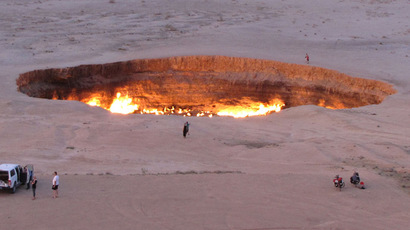Biblical scenes: Billions of locusts descend onto Madagascar capital (PHOTOS)
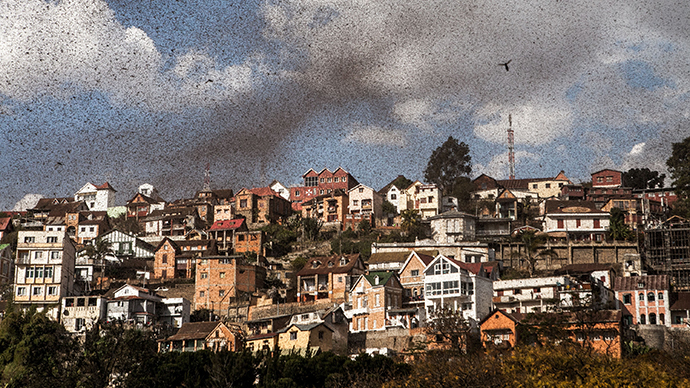
Madagascar has been taken over by uncountable numbers of locusts. This year, the leaf munchers' invasion has not only brought fears of food shortages - the country's capital city residents are also at risk, as some catch the toxic insects for food.
The sky over the Madagascar capital Antananarivo has turned dark - an endless stream of locusts has brought biblical scenes.
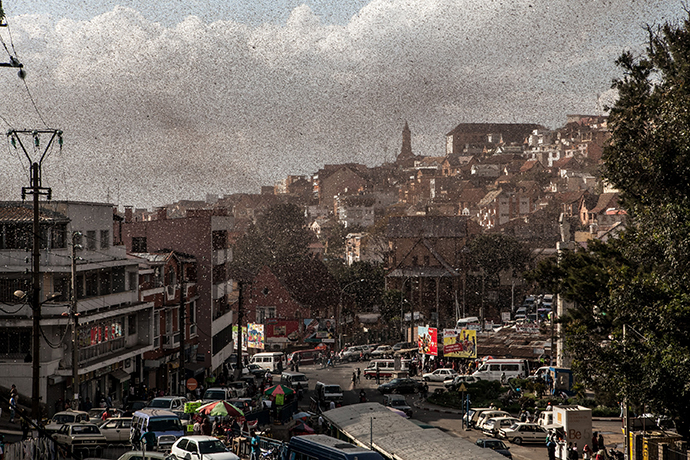
The country is suffering from a locust plague for the third year running, as billions of insects are on their annual migration route.
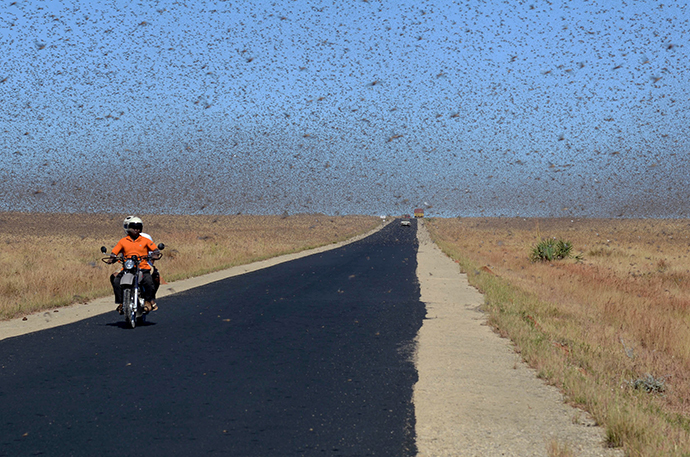
In 2012, the government declared a national emergency and allowed the Food and Agriculture Organization of the United Nations (FAO) to launch a pesticide campaign. Over a million hectares of farmlands have been treated with pesticides, but the locusts are still multiplying.
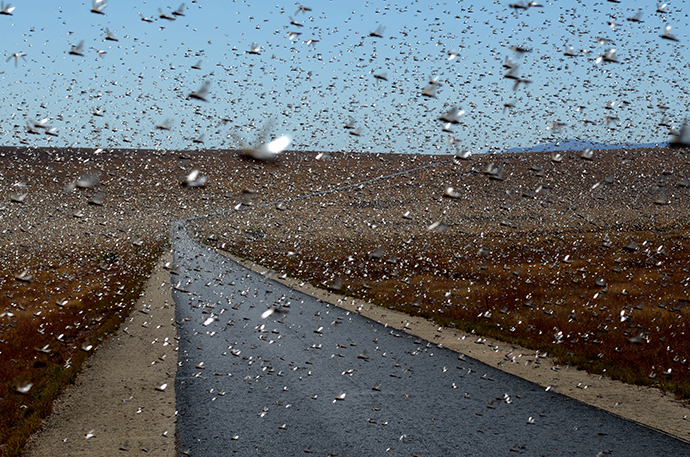
After wiping out fields of crops and prompting fears of food shortages (some 13 million people's incomes could be threatened by the invasion, according to FAO), new hordes of locusts were brought to the country's capital by a heat wave in the Central Highlands region.
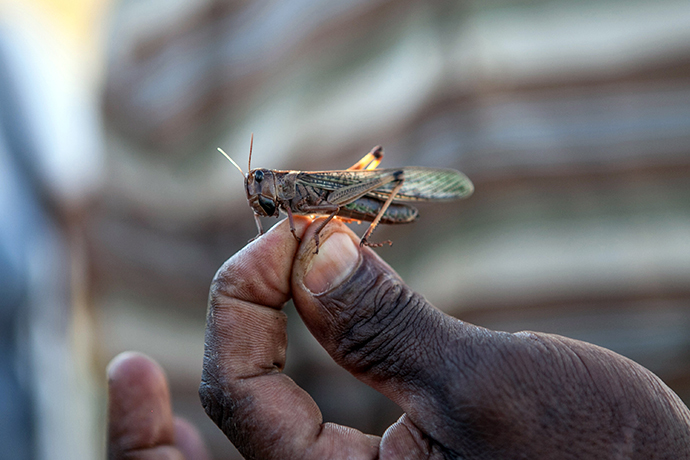
But in Antananarivo, it's the locusts who become food for some of the city residents. People catch the low-flying bugs to eat. As many insects are contaminated by pesticides, the situation is quite dangerous, putting people's health at risk.
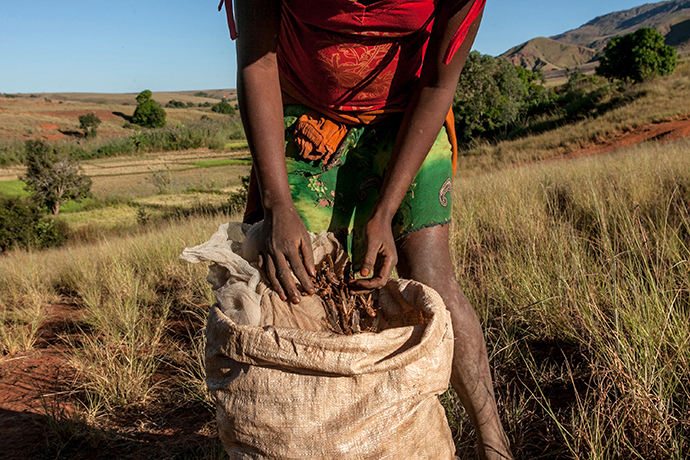
You can share this story on social media:













